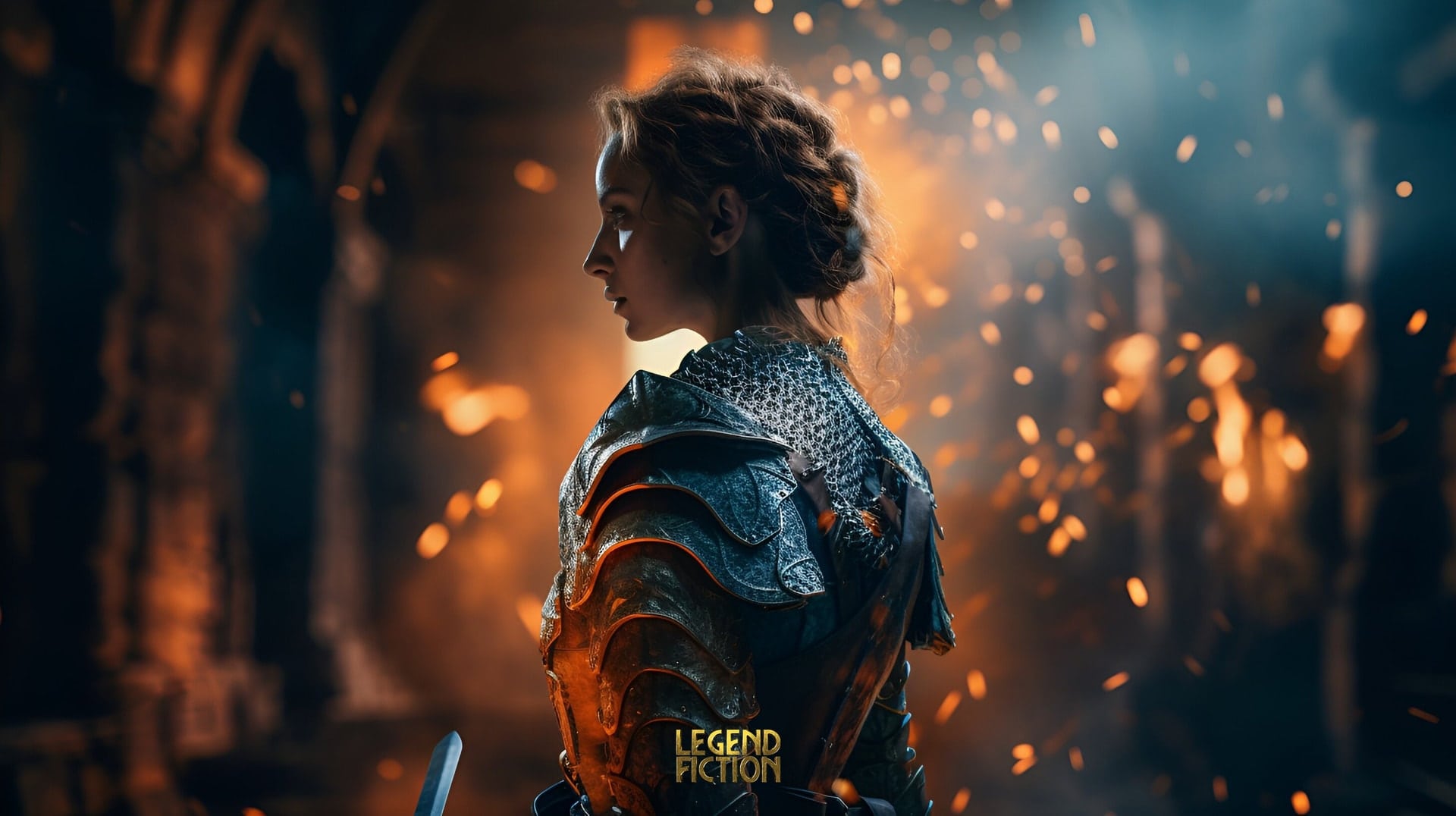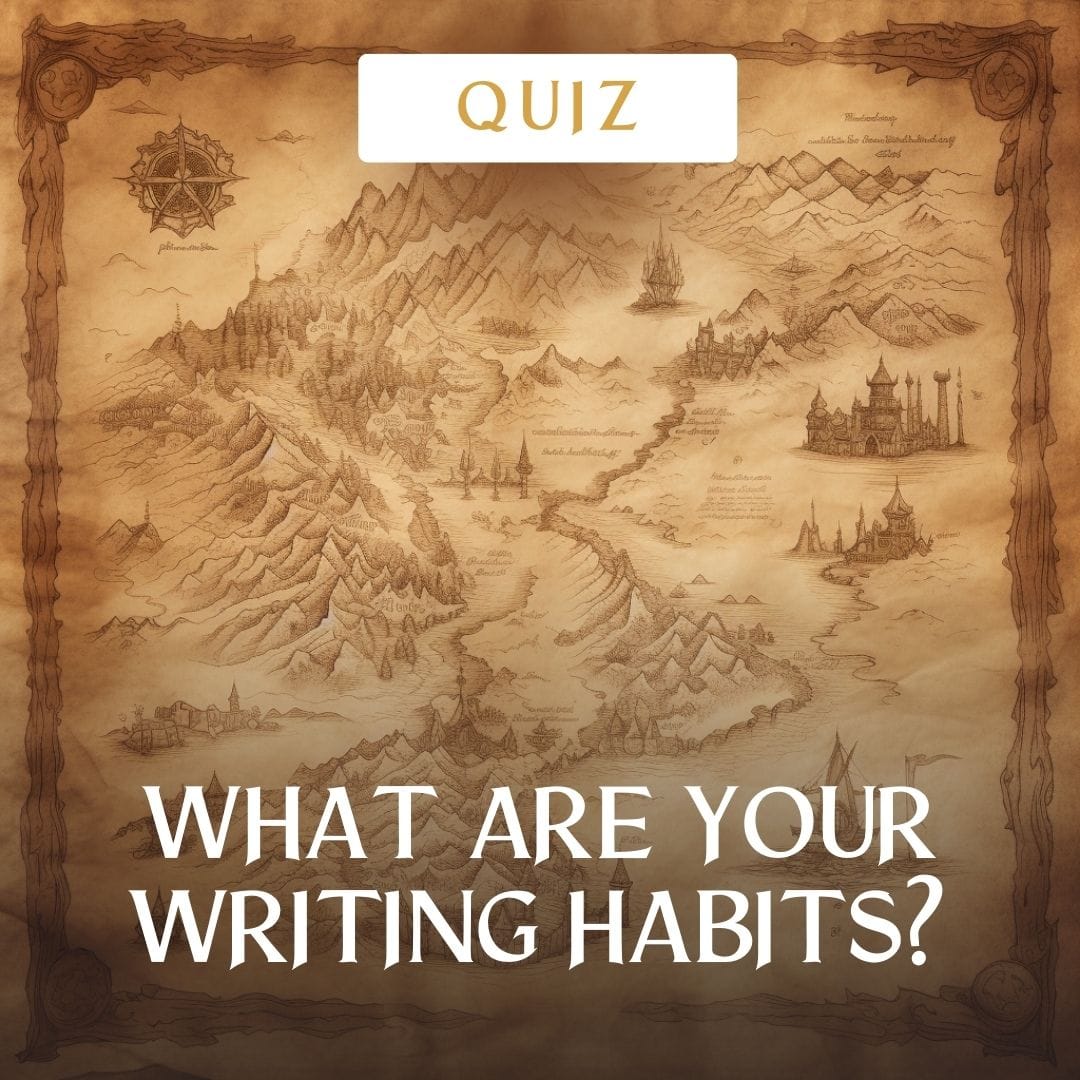The opening lines of a novel can make or break a reader’s interest in the story. As writers, we always want to create a sense of interest and intrigue that compels the reader to keep turning the pages.
However, it can be challenging to do that without relying on tired tropes – like characters waking up or running.
To help you create a captivating opening, here are 20 ideas to generate tension and captivate your readers from the first sentence:
- Active Verbs: Choose active verbs that convey movement and action, such as sprinting, dodging, climbing, or leaping. This will make the reader feel like they are in the midst of the action. In the opening scene of “Mission Impossible: Rogue Nation,” Ethan Hunt (played by Tom Cruise) hangs onto the outside of a cargo plane as it takes off. He pulls himself up and slips inside the plane, narrowly avoiding being crushed by the cargo. The action-packed sequence immediately sets the tone for the movie.
- Time Pressure: Establish a clear deadline or time limit for the protagonist to achieve their goal, such as catching a train or reaching a destination before nightfall. This will create a sense of urgency and tension. In the opening scene of “The Hunger Games,” the main character Katniss is running through the woods, hunting for food. She’s late and knows she has to hurry, as the Reaping (the annual ceremony where tributes are chosen for the Hunger Games) is about to start.
- Sensory Details: Use descriptive language that engages the reader’s senses, such as the smell of burning wood, the taste of metal, the feeling of cold air on the skin, or the sound of footsteps approaching. In the opening sequence of “Blade Runner 2049,” the camera pans across a desolate landscape, showing a decaying statue, a dead tree, and a rusty wind turbine. The sound of wind and distant explosions can be heard, creating an immersive atmosphere of desolation and decay. In a novel, you can use vivid sensory details to immerse the reader in the scene and establish the mood. For example, you could start a horror novel with a description of the eerie silence and darkness of a haunted house, creating a sense of foreboding and dread.
- Obstacles: Introduce obstacles or challenges that the protagonist must overcome in order to achieve their goal. This could be anything from a physical barrier like a locked door, to a difficult emotional decision. In the opening scene of “The Matrix,” Neo (played by Keanu Reeves) is trying to escape from mysterious agents who are pursuing him. He jumps from rooftop to rooftop, dodges bullets, and eventually ends up cornered in an alley. This sequence introduces the audience to the high-stakes world of the film and establishes the protagonist as someone who can handle himself in dangerous situations.
- Inner Thoughts: Include the protagonist’s inner thoughts and emotions as they navigate the setting and face challenges. This will allow readers to connect with the character and understand their motivations, while also creating a sense of urgency as they work through their struggles. In the opening scene of “Up,” we see the life of the protagonist Carl and his wife Ellie play out in a series of montage scenes. We see them fall in love, get married, and buy a house. We also see them deal with the challenges of infertility and eventually Ellie’s death. The montage is accompanied by a hauntingly beautiful musical score, and we hear no dialogue. This allows the audience to connect with Carl’s emotions and empathize with his loss, setting up the emotional journey he will go on throughout the rest of the film.
- Unexpected Event: Start the scene with an unexpected event that throws the protagonist off-balance. In the opening scene of “Jaws,” a girl goes for a swim in the ocean and is attacked by a shark, setting off the central conflict of the movie.
- High Stakes: Establish high stakes early on by showing the potential consequences of failure. In the opening scene of “Saving Private Ryan,” Allied soldiers storm the beaches of Normandy on D-Day, with the understanding that if they fail, the entire mission could be lost.
- Suspenseful Buildup: Build suspense gradually through the use of foreshadowing and tension-building techniques. In the opening scene of “No Country for Old Men,” a sheriff discovers a gruesome crime scene and begins investigating, setting up the conflict between the sheriff and the ruthless killer who committed the crime.
- Characterization: Use the opening scene to establish the personality and motivation of the protagonist. In the opening scene of “The Social Network,” Mark Zuckerberg (played by Jesse Eisenberg) is shown on a date with his girlfriend, where he talks incessantly about his ideas for a new social networking site. This establishes his character as driven, intelligent, and somewhat socially awkward.
- Mystery: Introduce a central mystery or puzzle that the protagonist must solve. In the opening scene of “Chinatown,” private detective Jake Gittes (played by Jack Nicholson) is hired to investigate an infidelity case, which eventually leads him down a rabbit hole of corruption and deceit. The mystery element creates intrigue and hooks the audience, making them want to see how the story unfolds.
- Action Sequence: Start the story with an adrenaline-pumping action sequence that grabs the audience’s attention. In the opening scene of “Mad Max: Fury Road,” we see Max chased down and captured by the villainous Immortan Joe and his army, setting up the high-stakes conflict that drives the rest of the movie. In a novel, you can start with an action-packed scene that hooks the reader and sets up the conflict. For example, you could start a spy thriller with a high-stakes chase sequence, or a horror novel with a terrifying encounter with a monster.
- Contrasting Imagery: Use contrasting imagery to create an atmosphere of unease or tension. In the opening scene of “American Beauty,” we see a beautiful suburban neighborhood, accompanied by the voiceover of the protagonist Lester Burnham (played by Kevin Spacey) as he explains that he’s going to die. The contrast between the idyllic setting and Lester’s dark thoughts creates a sense of unease and sets up the film’s exploration of the dark side of suburbia. In a novel, you can use contrasting imagery to create tension or establish the mood of the story. For example, you could start a romance novel with a scene of a beautiful sunset, juxtaposed with the inner turmoil of the protagonist as they struggle with their feelings.
- Symbolism: Use symbolism to create a sense of depth and meaning. In the opening scene of “Apocalypse Now,” we see a jungle, accompanied by the sounds of helicopters and a haunting musical score. The imagery of the jungle represents the chaos and confusion of war, while the helicopters symbolize the military power that will shape the story. In a novel, you can use symbolism to add depth and meaning to the story. For example, you could start a coming-of-age story with a scene of a butterfly emerging from a cocoon, symbolizing the protagonist’s journey of transformation and growth.
- Dialogue: Use a well-written and engaging dialogue to draw the audience in. In the opening scene of “The Social Network,” Mark Zuckerberg and his girlfriend Erica Albright (played by Rooney Mara) engage in a fast-paced and witty conversation that sets up their personalities and establishes the tension between them. In a novel, you can use engaging dialogue to draw the reader in and establish the characters. For example, you could start a mystery novel with a conversation between two detectives as they discuss a new case, revealing their personalities and the dynamics between them.
- Unusual Point of View: Use an unusual point of view or perspective to create a unique and engaging opening scene. In the opening scene of “The Truman Show,” we see the world through the eyes of the protagonist Truman (played by Jim Carrey), who is revealed to be the unwitting star of a reality TV show. The unusual perspective of the scene immediately draws the audience in and establishes the central conflict of the movie. In a novel, you can use an unusual point of view or perspective to create a unique and engaging opening scene. For example, you could start a sci-fi novel from the point of view of an alien observing Earth, or a fantasy novel from the point of view of a magical creature who is unfamiliar with human society.
- Flashback: Use a flashback to provide context or backstory to the main story. In the opening scene of “The Godfather,” we see the protagonist Don Vito Corleone (played by Marlon Brando) receiving requests for favors on his daughter’s wedding day. The scene establishes the character’s power and establishes the world of the story. In a novel, you can use a flashback to provide context or backstory to the main story. For example, you could start a historical fiction novel with a flashback to an important event in the protagonist’s past that sets up the central conflict of the story.
- Mood-setting Music: Use music to create a mood or set the tone for the story. In the opening scene of “The Dark Knight,” we hear the haunting strains of the Joker’s theme as he robs a bank, establishing the tone of the film and introducing the central villain. In a novel, you can use descriptions of sound and music to create a mood or set the tone for the story. For example, you could start a literary novel with a description of the sound of rain tapping on a window, creating a melancholy or introspective mood.
- Visual Metaphor: Use a visual metaphor to introduce a central theme or idea. In the opening scene of “The Matrix,” we see the protagonist Thomas Anderson (played by Keanu Reeves) typing away at his computer as he receives a message telling him to “follow the white rabbit.” The metaphor of the white rabbit is later revealed to represent the idea of choice and free will. In a novel, you can use vivid descriptions of imagery to introduce central themes or ideas. For example, you could start a dystopian novel with a description of a polluted and decaying cityscape, symbolizing the degradation of society.
- Unusual Setting: Use an unusual or unexpected setting to create intrigue. In the opening scene of “Hereditary,” we see a miniature model of a house, which is then revealed to be part of the real house where the characters live. The unusual setting creates a sense of unease and sets up the eerie tone of the film. In a novel, you can use descriptions of an unusual or unexpected setting to create intrigue. For example, you could start a fantasy novel with a description of a mystical and mysterious forest that the protagonist must venture into.
- Voiceover: Use a voiceover to provide exposition or insight into the main character’s thoughts. In the opening scene of “Blade Runner,” we hear a voiceover from the protagonist Rick Deckard (played by Harrison Ford) as he describes his job hunting down rogue replicants. The voiceover provides context and sets up the world of the story. In a novel, you can use the protagonist’s internal thoughts or a first-person narrator to provide exposition or insight into the story. For example, you could start a memoir with a reflection on an important event in the author’s life that sets up the themes of the book.
9 Bonus Ideas for Novels
- Character Introduction: You can introduce a compelling and memorable character in the opening scene to draw the reader in. For example, you could start a thriller novel with a description of the villain as they plan their next move, establishing the danger and the stakes of the story.
- Foreshadowing: You can use foreshadowing to hint at future events and build tension. For example, you could start a mystery novel with a description of a seemingly innocuous detail that later becomes significant in the investigation.
- Irony: You can use irony to create a surprising or unexpected opening scene that captures the reader’s attention. For example, you could start a comedy novel with a scene of the protagonist experiencing a humiliating or embarrassing moment.
- Setting Description: In a novel, you can use rich and vivid descriptions of the setting to immerse the reader in the story. For example, you could start a historical fiction novel with a description of a bustling marketplace in a medieval city, capturing the sights, sounds, and smells of the era.
- Flash-forward: You can use a flash-forward to introduce a significant event that will happen later in the story. For example, you could start a suspenseful thriller with a scene of the protagonist in danger, then jump back in time to show how they got into that situation.
- Unique Narrative Style: You can use a unique narrative style or structure to create an interesting opening scene. For example, you could start a literary novel with a stream-of-consciousness narration that reflects the protagonist’s thoughts and emotions.
- Character Conflict:You can introduce character conflict in the opening scene to establish tension and intrigue. For example, you could start a family drama with a scene of two siblings arguing over a family inheritance, setting up the conflict that drives the story.
- Humor: You can use humor to create a light and engaging opening scene. For example, you could start a rom-com novel with a scene of the protagonist on a disastrous blind date, using witty dialogue and situational comedy to hook the reader.
- Dramatic Irony: You can use dramatic irony to create tension and anticipation. For example, you could start a thriller novel with a scene of the protagonist unknowingly interacting with the villain, while the reader is aware of the danger.
What are some of your favorite ways to open a novel? Got an idea that we missed/ Comment below!




0 Comments